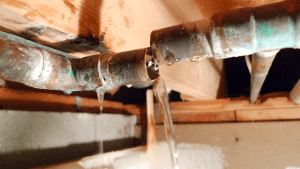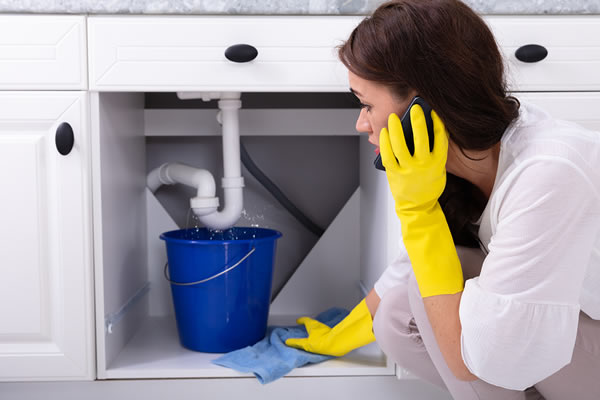Overview To Water Leakage Detection In Your Home
Overview To Water Leakage Detection In Your Home
Blog Article
Are you currently hunting for related information concerning Finding hidden leaks?

Early discovery of dripping water lines can alleviate a potential catastrophe. Some little water leakages may not be noticeable.
1. Analyze the Water Meter
Every residence has a water meter. Examining it is a proven way that helps you find leaks. For starters, switch off all the water sources. Guarantee nobody will flush, make use of the tap, shower, run the cleaning device or dish washer. From there, most likely to the meter and also watch if it will change. Since no person is utilizing it, there need to be no movements. That indicates a fast-moving leakage if it relocates. If you detect no changes, wait an hour or two and examine back again. This indicates you might have a slow leak that could even be below ground.
2. Inspect Water Consumption
If you find abrupt changes, in spite of your intake being the exact same, it suggests that you have leakages in your plumbing system. An abrupt spike in your bill shows a fast-moving leak.
Meanwhile, a stable increase monthly, despite the very same habits, reveals you have a sluggish leakage that's also slowly intensifying. Call a plumber to extensively inspect your building, particularly if you feel a warm area on your flooring with piping below.
3. Do a Food Coloring Examination
When it comes to water consumption, 30% originates from bathrooms. Examination to see if they are running effectively. Decline flecks of food shade in the container and also wait 10 mins. There's a leakage between the tank as well as bowl if the color somehow infiltrates your dish throughout that time without flushing.
4. Asses Outside Lines
Don't fail to remember to examine your exterior water lines as well. Ought to water permeate out of the connection, you have a loose rubber gasket. One little leak can throw away bunches of water as well as spike your water costs.
5. Examine the circumstance and check
Homeowners ought to make it a behavior to examine under the sink counters and also also inside cupboards for any type of bad odor or mold growth. These 2 red flags indicate a leakage so prompt focus is needed. Doing regular inspections, even bi-annually, can save you from a significant issue.
Examine for discolorations as well as damaging as the majority of pipelines and home appliances have a life span. If you presume leaking water lines in your plumbing system, don't wait for it to escalate.
Early discovery of leaking water lines can reduce a potential calamity. Some tiny water leakages might not be noticeable. Inspecting it is a surefire means that assists you discover leakages. One tiny leakage can squander heaps of water and also surge your water costs.
If you think dripping water lines in your plumbing system, don't wait for it to rise.
WARNING SIGNS OF WATER LEAKAGE BEHIND THE WALL
PERSISTENT MUSTY ODORS
As water slowly drips from a leaky pipe inside the wall, flooring and sheetrock stay damp and develop an odor similar to wet cardboard. It generates a musty smell that can help you find hidden leaks.
MOLD IN UNUSUAL AREAS
Mold usually grows in wet areas like kitchens, baths and laundry rooms. If you spot the stuff on walls or baseboards in other rooms of the house, it’s a good indicator of undetected water leaks.
STAINS THAT GROW
When mold thrives around a leaky pipe, it sometimes takes hold on the inside surface of the affected wall. A growing stain on otherwise clean sheetrock is often your sign of a hidden plumbing problem.
PEELING OR BUBBLING WALLPAPER / PAINT
This clue is easy to miss in rooms that don’t get much use. When you see wallpaper separating along seams or paint bubbling or flaking off the wall, blame sheetrock that stays wet because of an undetected leak.
BUCKLED CEILINGS AND STAINED FLOORS
If ceilings or floors in bathrooms, kitchens or laundry areas develop structural problems, don’t rule out constant damp inside the walls. Wet sheetrock can affect adjacent framing, flooring and ceilings.
https://www.servicemasterbyzaba.com/blog/how-to-detect-water-leakage-in-walls/

I hope you enjoyed our section about Locating water leaks. Thanks a lot for spending some time to browse our content. Appreciated our review? Please share it. Let others find it. Thanks for your time. Please pay a visit to our site back soon.
Report this page